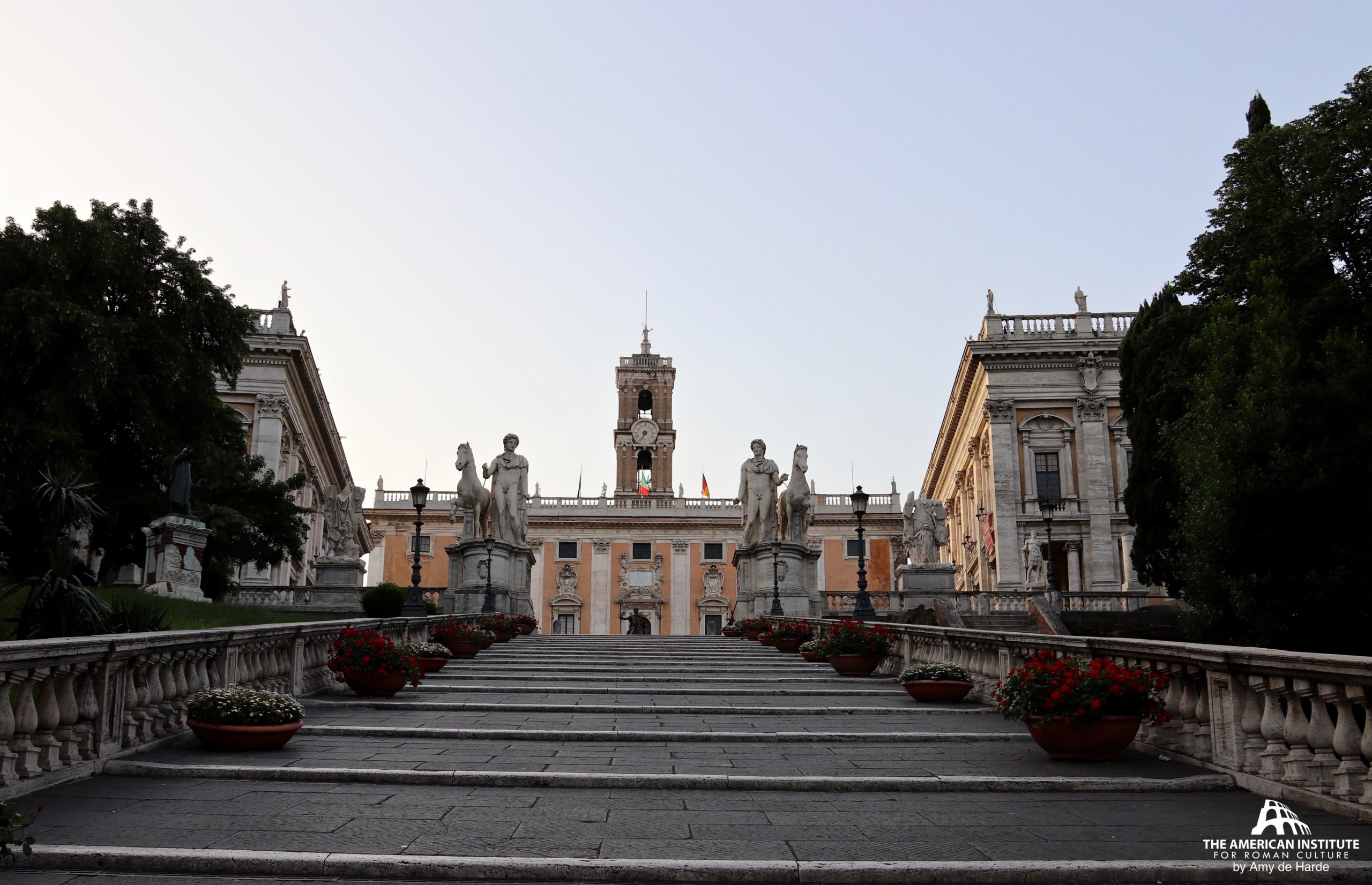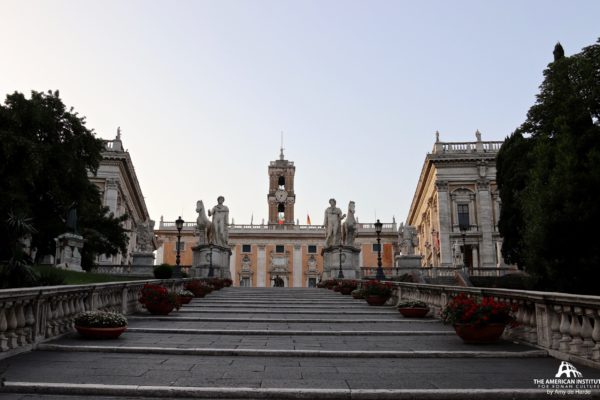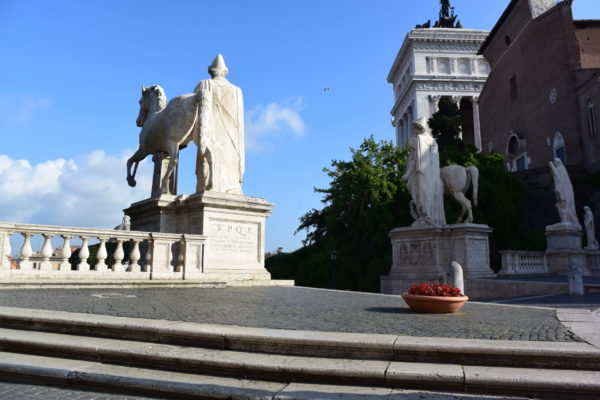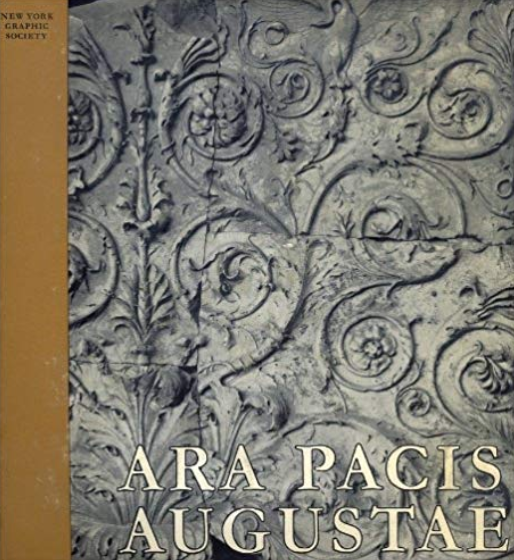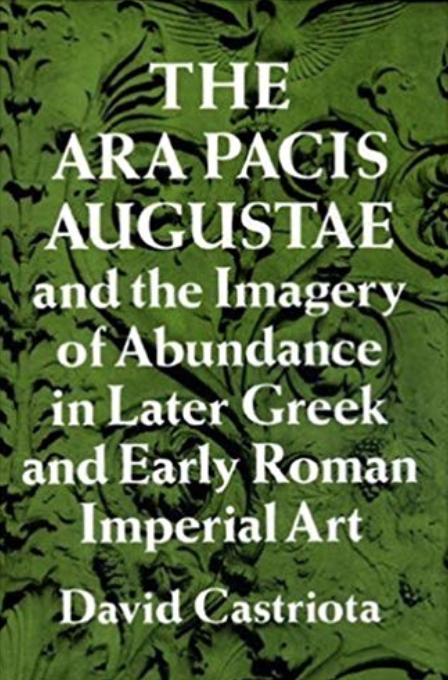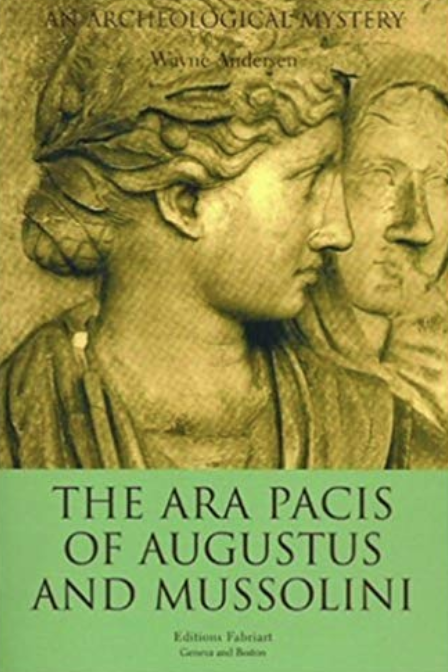Start with our video overview:
These two statues, representing Castor and Pollux (5.5 m high), were found in the area of the Jewish Ghetto, atop the remains of the Circus Flaminius. These two colossal statues adorned the staircase up to the temple, whose image appears on a detailed fragment of the Forma Urbis of the Flavian age. This temple was also cited by Vitruvius (4.8.4). Excavations have confirmed the details on the marble map. Recent assessment of the statues has dated the statues to the 2C AD, although it has been suggested that the statues may have been made to represent Gaius and Lucius, Augustus’ grandsons and adopted heirs, who died in the early 1C AD.
Richardson 75-76
Claridge 265.
Explore further:
This content is brought to you by The American Institute for Roman Culture, a 501(C)3 US Non-Profit Organization.
Please support our mission to aid learning and understanding of ancient Rome through free-to-access content by donating today.
Ara Pacis Augustae Hardcover – 1968
The Ara Pacis Augustae and the Imagery of Abundance in Later Greek and Early Roman Imperial Art Hardcover – May 26, 1995
The Ara Pacis of Augustus and Mussolini Paperback – April 1, 2003
Cite This Page
Cite this page as: Darius Arya, The American Institute for Roman Culture, “Ara Pacis Augustae” Ancient Rome Live. Last modified 10/24/2019. https://ancientromelive.org/ara-pacis-augustae/
License
Created by The American Institute of Roman Culture, published on 10/24/2019 under the following license: Creative Commons: Attribution-NonCommercial-ShareAlike. This license lets others remix, tweak, and build upon this content non-commercially, as long as they credit the author and license their new creations under the identical terms. Please note that content linked from this page may have different licensing terms.

